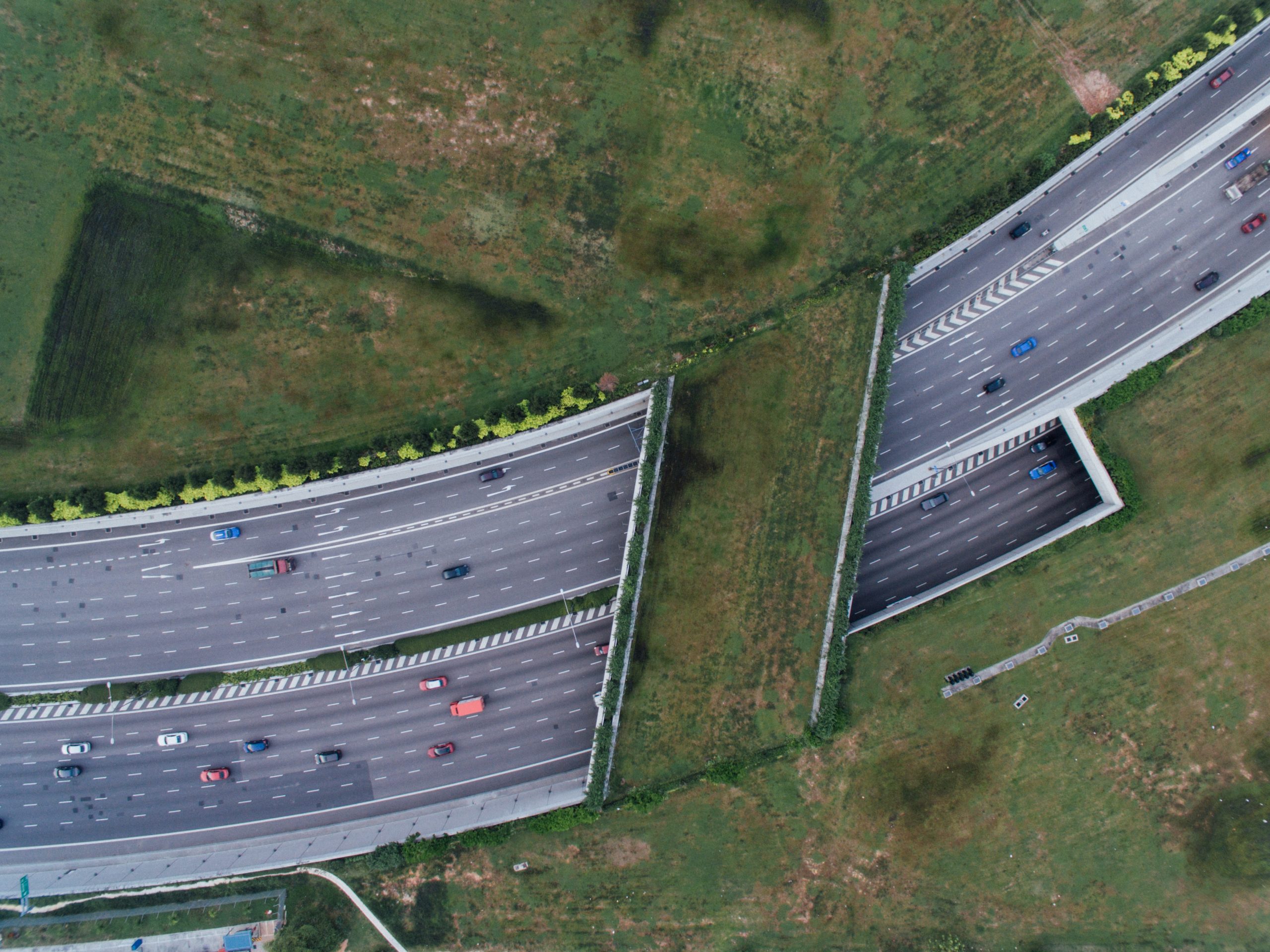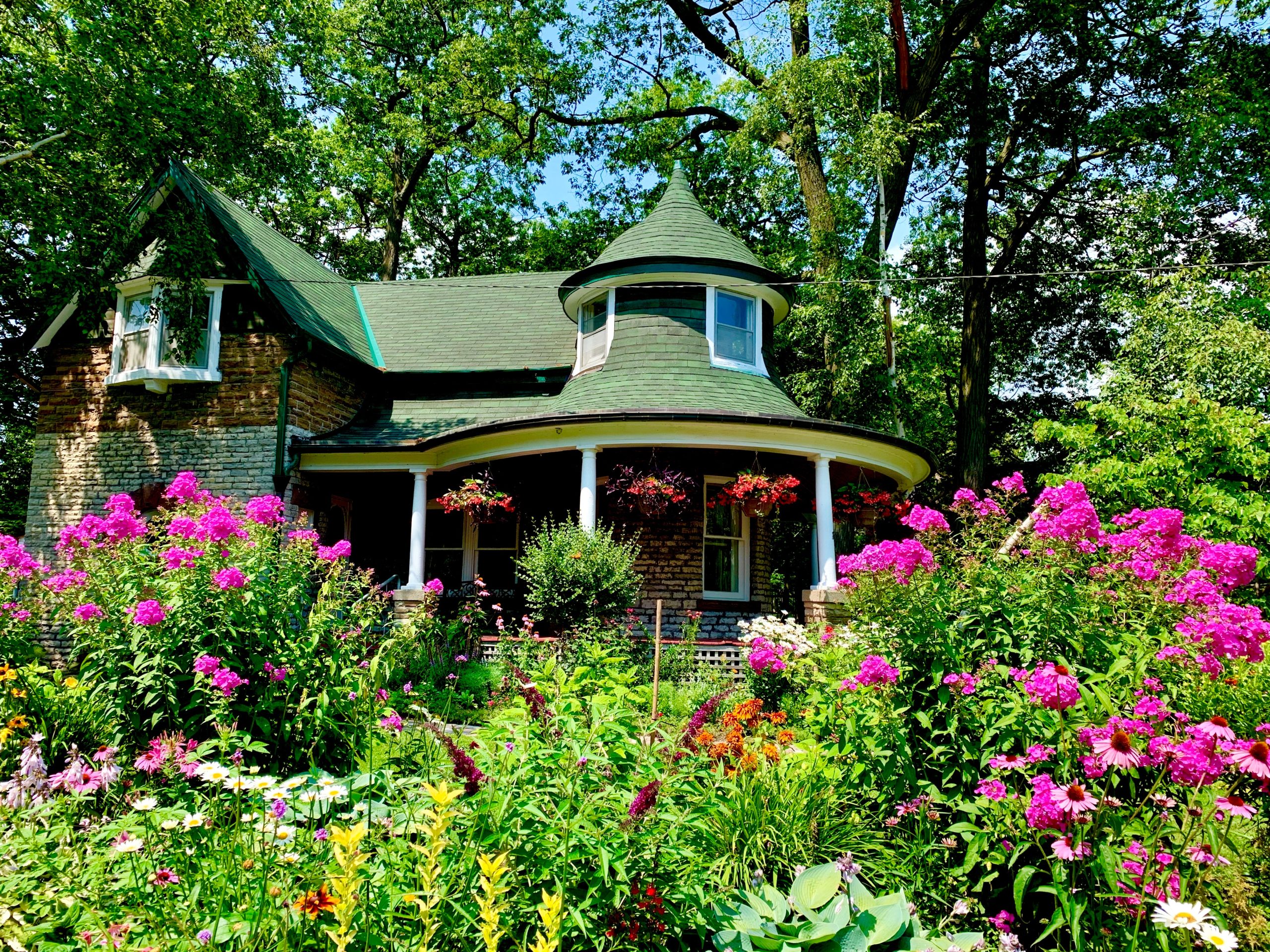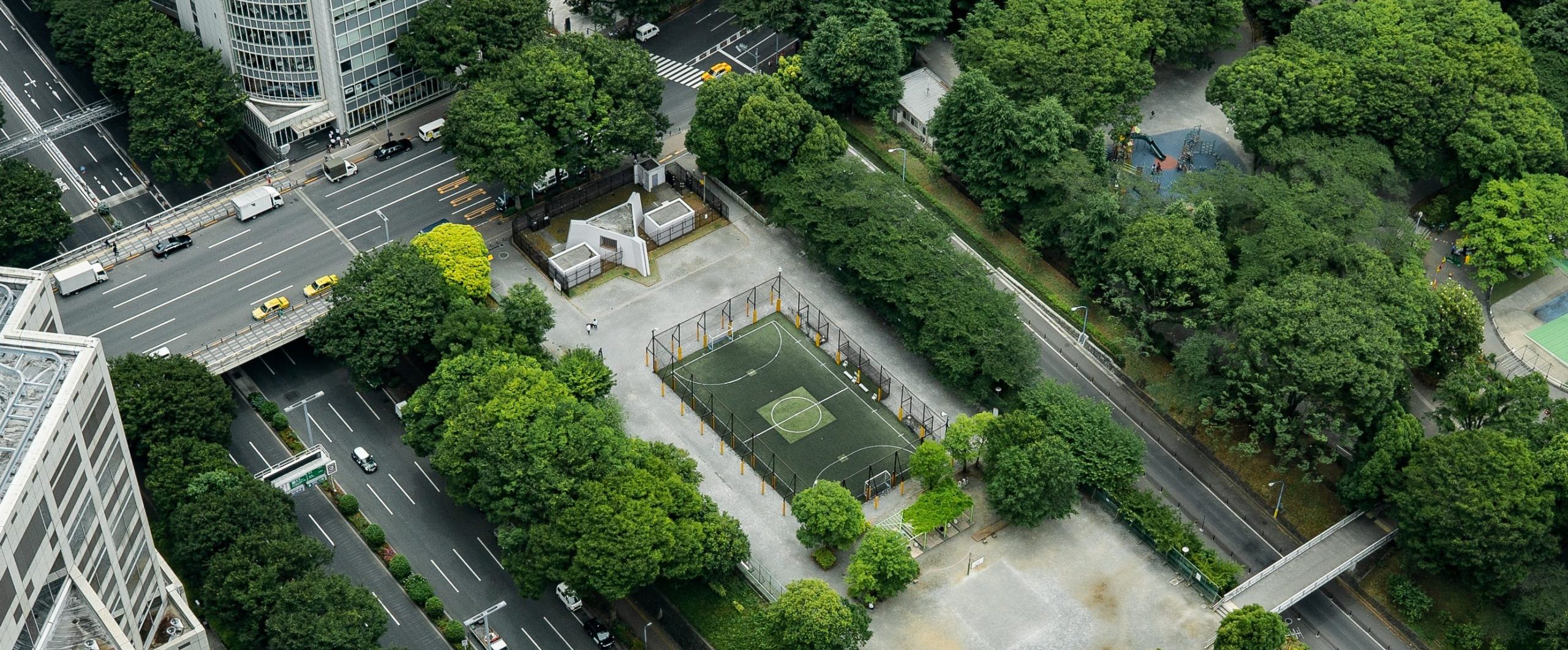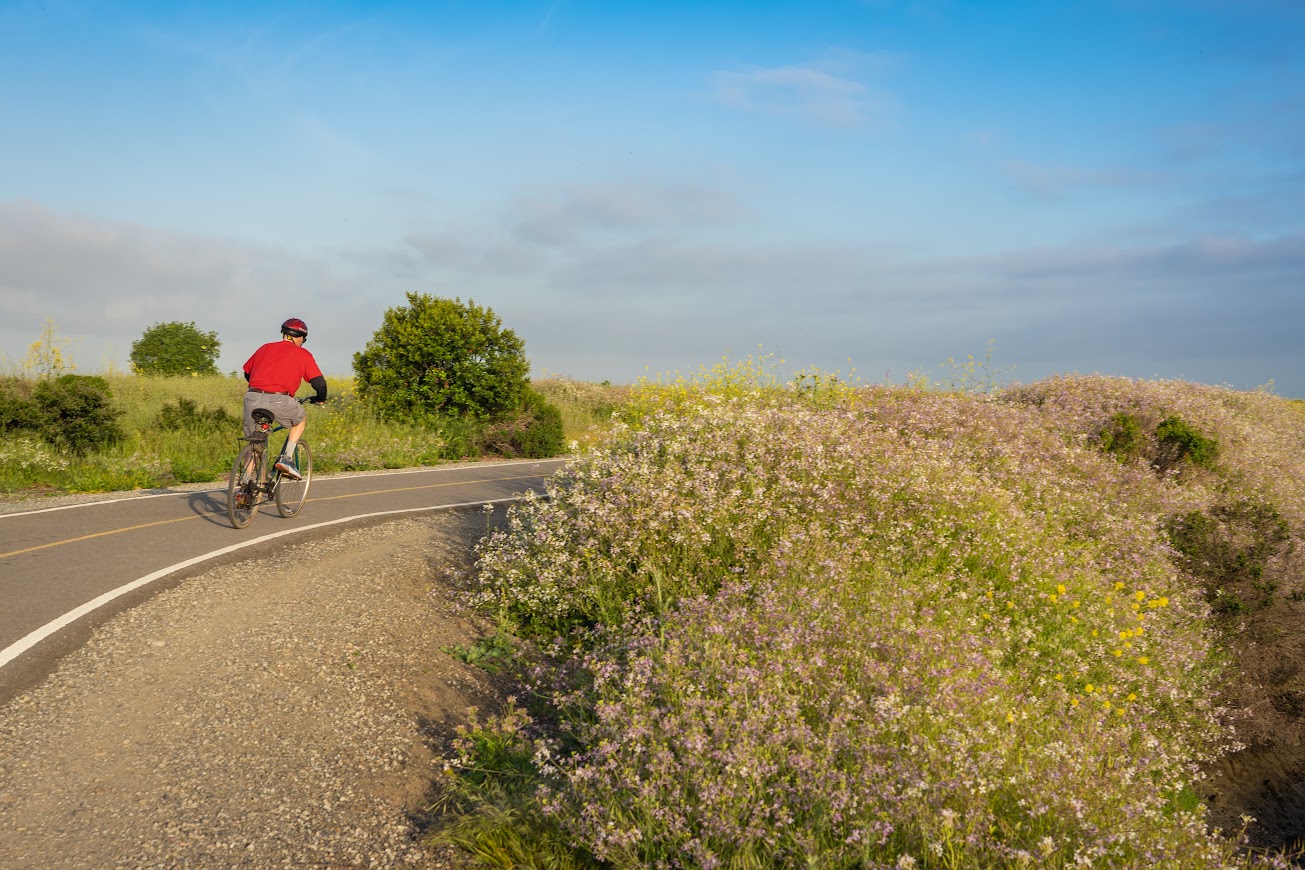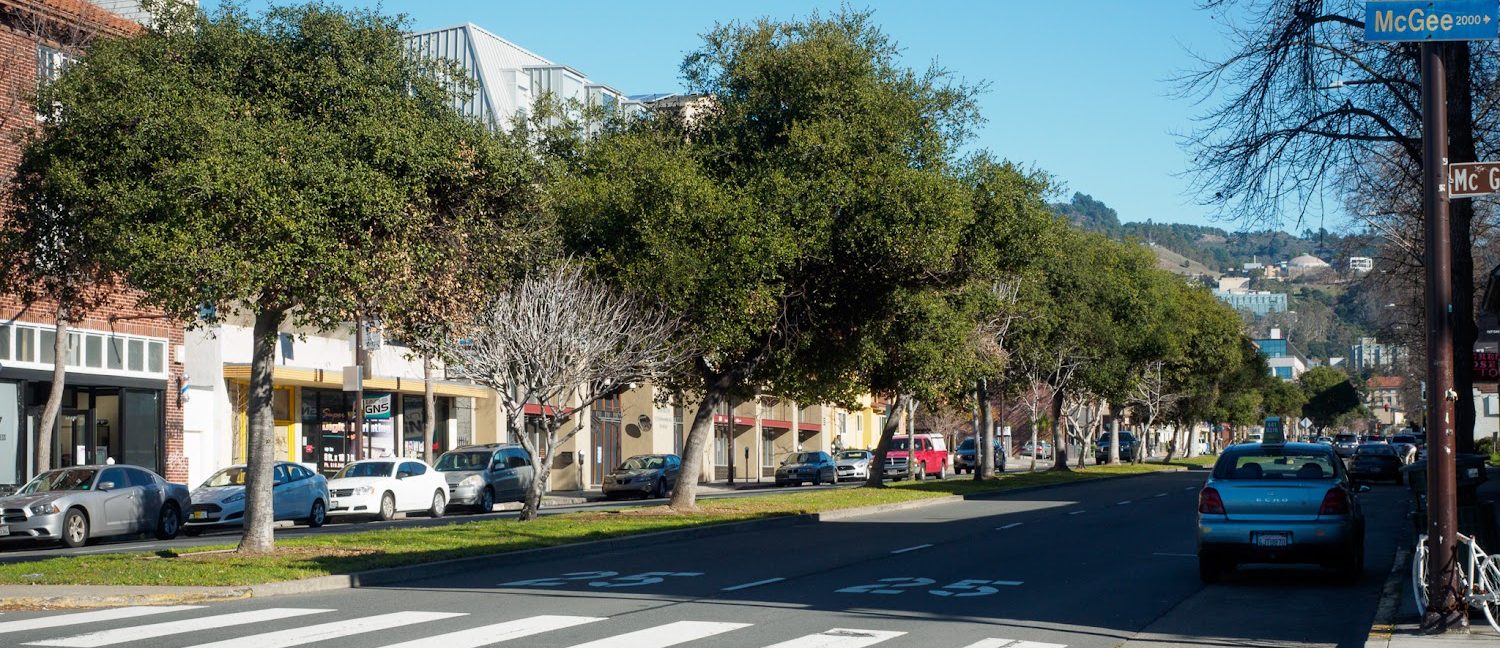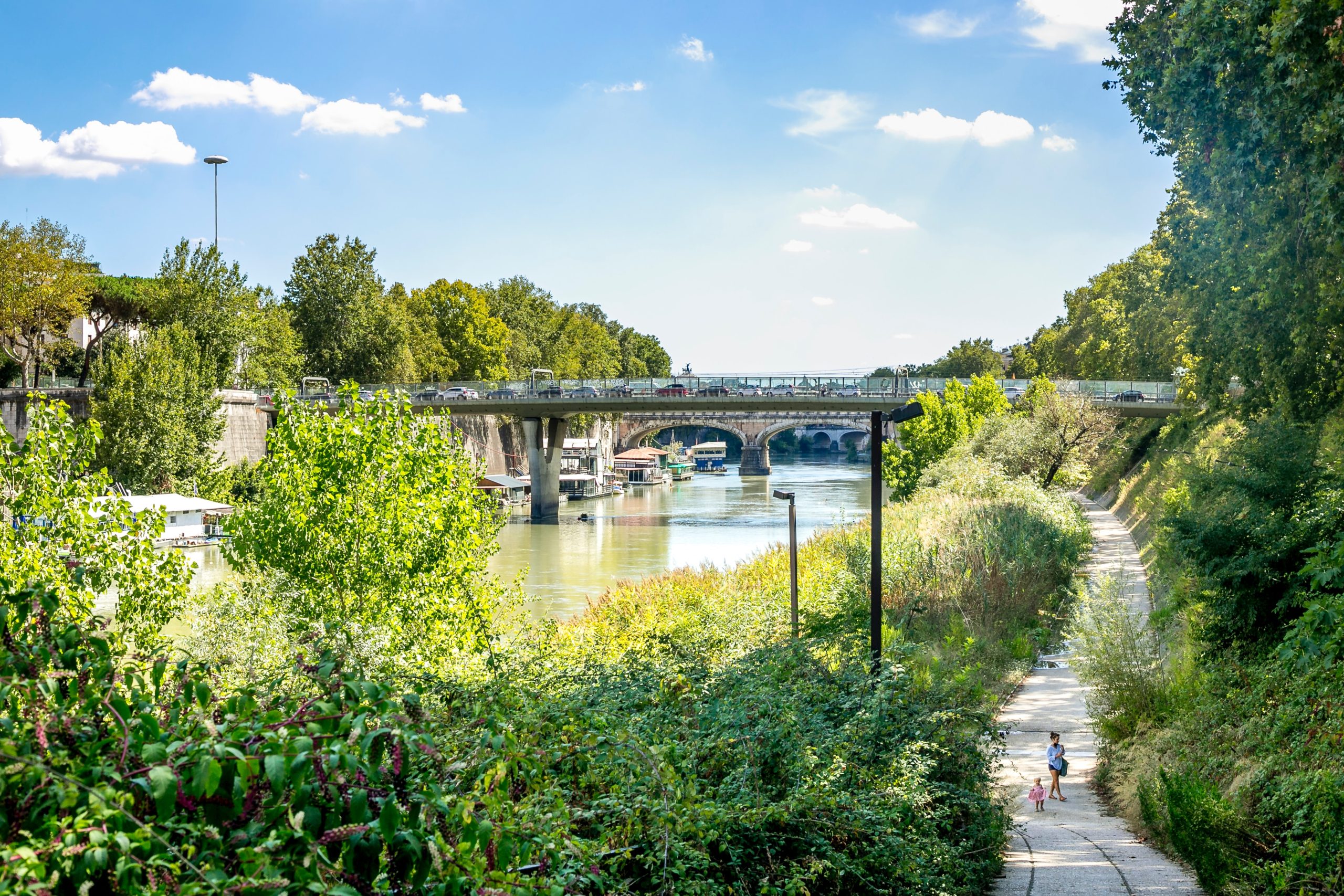Connections
Image credits: Kelguen, CC BY 2.0
Connections are features in the urban landscape, such as linear vegetated features, that facilitate the movement of plants and animals between patches.
Contiguous stretches of vegetation linking wider greenspaces, such as green corridors along waterways and right-of-ways, form some of the most effective connections in cities. In the absence of continuous corridors, “stepping stones” of matrix habitat, such as closely-spaced pocket parks or green roofs, can increase the ability of species to move between patches, particularly when they are targeted for the needs of a focal species.
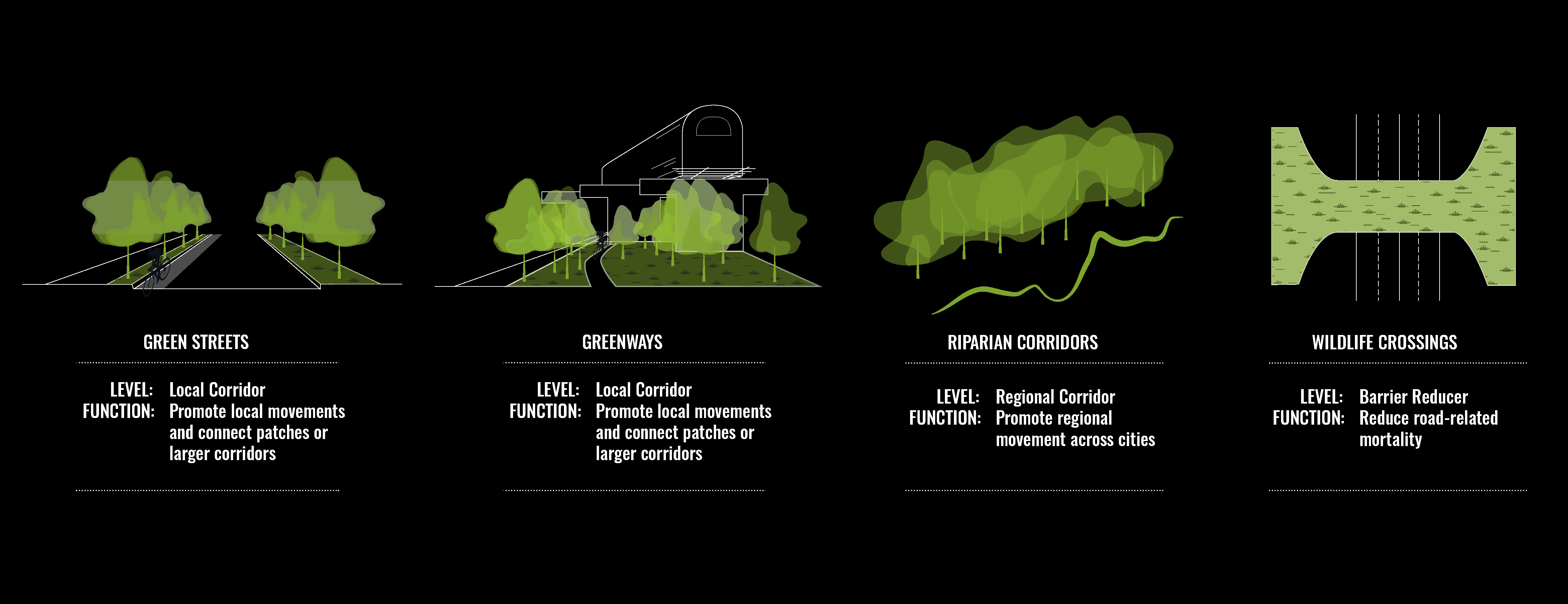
Relevant Planning and Design Strategies
The Urban Biodiversity Framework identifies seven key landscape elements that, when integrated together into urban design and planning, have the greatest chance of supporting the greatest number of species. Each element is related to various strategies from the urban planning, site design, and detailed design chapters.
- All Strategies
- Urban Planning
- Site Design
- Detailed Design

